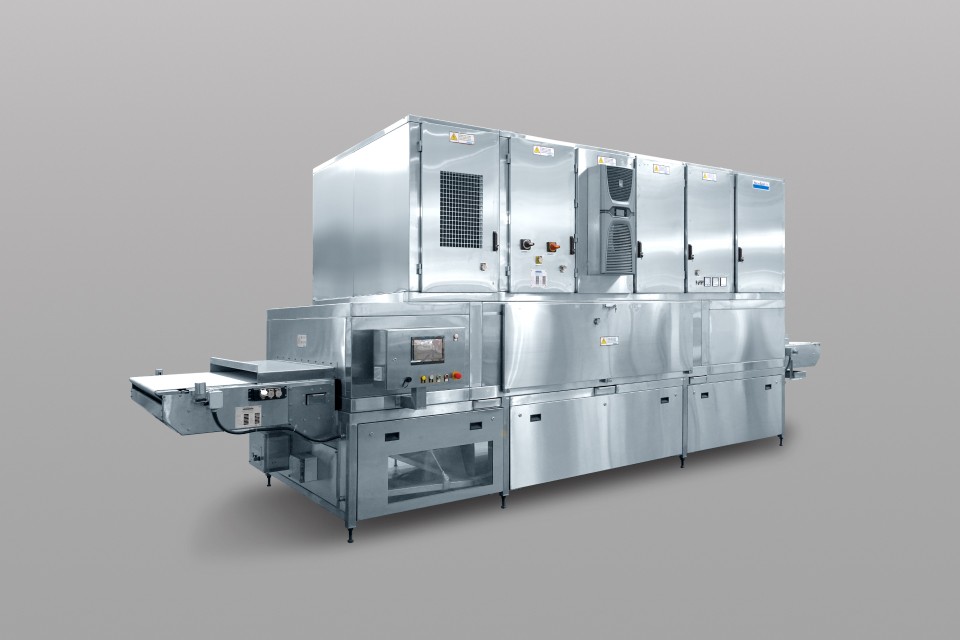Harnessing the Potential of Industrial RF Generators & Ovens
Harnessing the Potential of Industrial RF Generators & Ovens
Mainly used in industrial thermal processes, radio frequency heaters & dryers prove indispensable in numerous applications, like heating & drying food products, textiles, latex, fibre glass etc. Each radio frequency generator is meticulously designed to cater to a multitude of sectors and applications.
Decoding the RF Generator
At its core, a radio frequency generator’s role is to produce and dispatch radio frequency energy. Their use in the food sector extends from industrial applications aiding in food drying, heating, tempering, and defrosting, to laboratories where they are instrumental in the research of novel methods in sterilization and stabilization. Depending on your requirements, these systems are available as standalone generators or complete solutions built in with a conveyor and control system.
The Mechanics of the RF Generator
Dielectric Loss
The phenomenon central to radio frequency technology is “Dielectric loss”. This occurrence is triggered by the rapid vibration and rotation of polarised molecules within a material, eventually dissipating this energy as heat. Such movement is caused by the swift polarity reversal of an electromagnetic field, happening a few million times every second. In essence, an RF system is a harmony between an RF generator, which converts electric power to radio frequency energy, and electrodes that direct this energy to the desired product.
Reasons to opt for an RF System
Optimizing Thermal Processes across Industries
RF heaters & dryers may be the right solution to elevate thermal processes in diverse industrial realms. Not just a source of heating, they’re also pivotal for scientific applications. These solutions stand out in enhancing heating and drying routines. For the food industry, this translates to rapid drying, tempering or defrosting of products. However, their prowess isn’t limited here; in the broader industrial domain, they serve myriad purposes—from heating varied materials like ceramics, wood, leather and textiles, to playing a role in chemical processes such as vulcanization and polymerization. Depending on the envisioned application and desired benefits, RF solutions can be delivered through an array of systems: be it generators, industrial ovens, or radio frequency tunnels.
Safety Concerns Addressed
Understanding the Radiation Spectrum
Radio frequency might sound daunting due to its categorization under electromagnetic radiation. However, since it is non-ionizing radiation, its effects are transient and don’t persist. Adding another layer of safety, Strayfield’s comprehensive RF generators are meticulously enclosed, equipped with interlocks to ensure that radio frequency leakages, if any, are well below levels dictated by regulatory bodies.
Why Monga Strayfield Stands Out
Pioneering the Future with Reliable RF Generators
Strayfield’s radio frequency generators have carved a niche for themselves with unparalleled reliability, being lauded by OEMs and research labs globally. Their design ensures easy integration across varied environments. Designed for both independent and in-line operations, these generators are compact, robust, and can range from a few kilowatts to hundreds of kW.
Monga Strayfield’s Technological Edge
Setting Industry Standards
Strayfield RF generators are versatile, operating at allocated ISM frequencies, predominantly at 27.12 MHz. What sets Strayfield apart is our filtering at source technology, guaranteeing true compliance with CE and EN55011 norms, and our automatically adjusting electrodes, which ensure genuine power control. Our technology also mitigates problems arising from reflected power, enhancing triode lifespans up to 20,000 hours.
